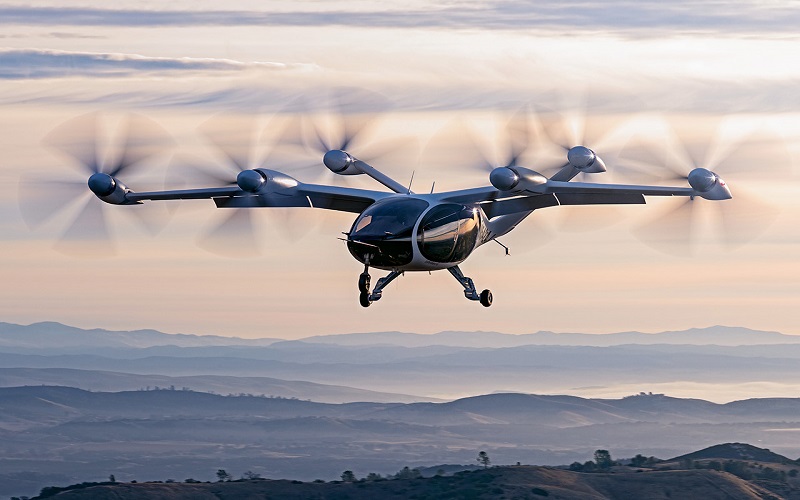The Federal Aviation Administration (FAA) has recently released an airspace blueprint for flying taxis, paving the way for the integration of urban air mobility (UAM) in the national airspace system. This blueprint outlines the safety and operational requirements for flying taxis and provides guidance for the certification and approval of UAM vehicles and operators.
The UAM industry has been gaining traction over the past few years, with several companies developing electric vertical takeoff and landing (eVTOL) aircraft designed to transport passengers and cargo in urban areas. The FAA’s airspace blueprint is a significant step towards making this vision a reality, as it establishes a framework for UAM operations and ensures the safety of passengers and people on the ground.
Key Requirements Outlined in the Blueprint
According to FAA Administrator Steve Dickson, “The release of this airspace blueprint is a major milestone in the development of the UAM industry. It provides a clear path forward for UAM operators, manufacturers, and investors, and ensures that these vehicles can safely and efficiently operate in the national airspace system.”
The blueprint outlines the requirements for UAM vehicles, including design and performance standards, operational limits, and maintenance and inspection procedures. It also sets forth guidelines for UAM operators, including pilot training and certification, air traffic management procedures, and emergency response plans.
One of the key elements of the blueprint is the creation of UAM corridors, which are designated airspace routes that connect urban areas with vertiports or other landing areas. These corridors will be designed to ensure safe and efficient UAM operations, with strict requirements for air traffic management and collision avoidance systems.
Collaboration with Local and State Governments
The FAA is also working with local and state governments to develop policies and regulations for UAM operations. This includes zoning and land use regulations for vertiports, noise and environmental impact assessments, and community engagement initiatives to address concerns about UAM noise and privacy.
Several UAM companies have welcomed the release of the airspace blueprint, citing its potential to

accelerate the development of the industry. Joby Aviation, a California-based eVTOL manufacturer, issued a statement saying, “We applaud the FAA’s leadership in developing a clear regulatory framework for UAM operations. This blueprint provides a foundation for the safe and responsible integration of flying taxis into our cities and will help unlock the full potential of UAM to reduce congestion and improve mobility.”
Collaboration with Local and State Governments
Some experts have raised concerns about the scalability of UAM operations and the potential for congestion in the airspace. The blueprint acknowledges these concerns and emphasizes the need for a collaborative approach to UAM development, with input from stakeholders across the industry, government, and communities.
As UAM technology continues to advance, the FAA’s airspace blueprint will serve as a roadmap for the safe and responsible integration of flying taxis into our cities. With the UAM industry projected to generate billions of dollars in economic activity and create thousands of jobs in the coming years, this blueprint represents a significant step towards a more connected, efficient, and sustainable urban transportation system.











